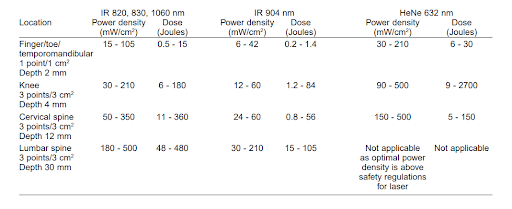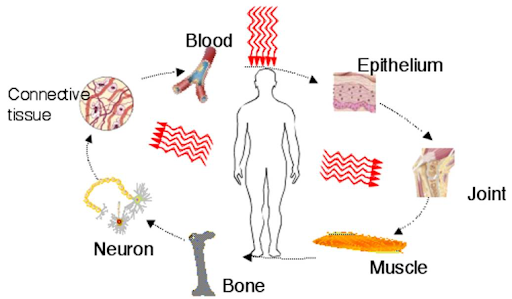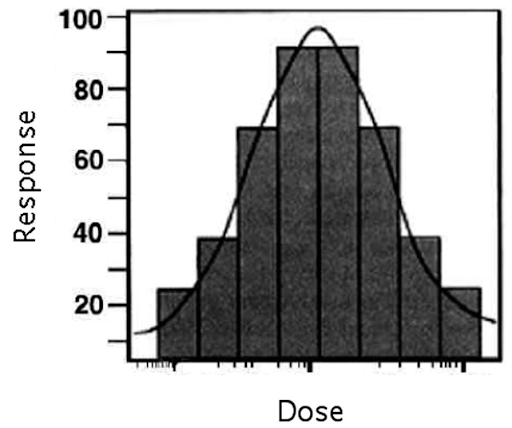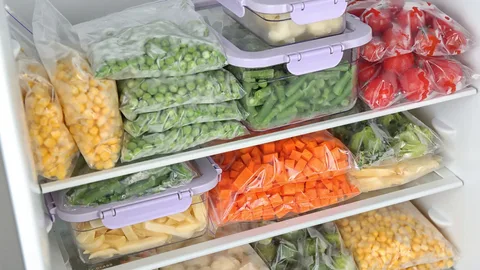If you’re looking for ways to get the most out of red light therapy, applying the correct dose is critical. How to apply the correct dose for different medical conditions can be confusing for most people. In this blog, we will share with you a complete guide to dosage to clarify this complexity, and we hope this can help you optimize your red light therapy at home. So be sure to check it out!
What are the dosages for red light therapy?
There’s no one-size-fits-all answer to the question of how much red light therapy to use. The dosage of red light depends on personal light sensitivity, the types and severity of medical conditions, and the location of diseases. Most studies show that red and near-infrared light therapy is beneficial at irradiance levels between 20 and 200 mW/cm^2. There are two important laws in the photobiomodulation area: the Arndt-Schultz law of biphasic response and the Roscoe-Bunsen law of reciprocity.
In general, biphasic response law states that at the low-level dose the therapeutic effects will increase as the dose increases, and yet decline once it exceeds a certain optimal level.
The reciprocity law states that within a certain range of effective irradiance levels the therapeutic effect is determined by the amount of dosing, i.e., the dose of 6 J/cm^2 by low level irradiance has the same effects as the dose of 6 J/cm^2 by high level irradiance.
One study claimed that power density and exposure time determine the effects of photobiomodulation from red laser therapy more than energy dose. Based on the theories, it is clear that giving the correct dosage is decisive for photobiomodulation, which should also be conducted by the corresponding irradiance levels.
The dosing formula is as follows:
Dose (in J/cm^2) = Power Density (in mW/cm^2) x Time (in seconds) x 0.001
Though the known scientific studies suggest an ideal dose ranging from 3J/cm^2 to 50 J/cm^2, which largely depends on the disease locations, even the same medical condition can have quite different suggested ranges of dosing and irradiance levels if the disease locations are not the same. The picture below lists the suggested range for arthritis in most common joints, as in this study.

As is known to most of us, the mitochondria-rich tissues are usually dark in color and located in the deep places of human bodies, while the superficial tissues are the opposite, as declared in this systematic study. The main target of red and near-infrared light therapy is to drive mitochondria through different chromophores. Deep tissues can be muscles, tendons, ligaments, bones, glands, the skull, and so forth.

As a general rule of thumb, superficial treatment wants a range of dosing from 3 to 15 J/cm^2 and deeper tissue treatment wants a range of dosing from 10 to 60 J/cm^2.
There is a difference between individuals due to different light sensitivity. A general testing rule of your optimal dose choice is that start with a relatively high irradiance level before you feel uncomfortable or unacceptable heat and increase the dosage step by step each time of treatment before you feel some red light therapy side effects from overdoing, such as fatigue, redness of the skin, and so forth. Stop increasing the dosage before you feel uncomfortable.
Bestqool for your best red light therapy at home
With long endeavors in the phototherapy field and edge-cutting LED technology, Bestqool only provides professional LED red light therapy devices. Bestqool products are specially designed for different medical conditions, from anti-aging light therapy to physical therapies, from red light therapy belts to full body red light therapy panels. Besides extra convenience and flexibility of design, Bestqool products are FDA-registered and ETL-certified to ensure the safety and effectiveness of LED red therapy.





